Prime Minister : Development of cement, steel and construction materials industry must ensure efficiency and sustainability
On the morning of June 15, Prime Minister Pham Minh Chinh chaired an online conference on removing difficulties and promoting production and consumption of cement, steel and construction materials.
Attending the Conference at the main bridge point of the Government headquarters and 32 local bridges were Deputy Prime Minister Le Minh Khai, Deputy Prime Minister Tran Hong Ha, Minister, Head of the Government Office Tran Van Son, Minister of Industry and Trade Nguyen Hong Dien, Minister of Construction Nguyen Thanh Nghi, leaders of ministries, branches, central agencies, 32 provinces and cities, representatives of associations, enterprises and banks.
In his concluding remarks, Prime Minister Pham Minh Chinh basically agreed with the report and recommendations at the Conference, and assigned the Government Office to coordinate with the Ministry of Construction and the Ministry of Industry and Trade to absorb the opinions of the delegates, promptly complete and issue the Prime Minister's Directive on removing difficulties and promoting production and business in the construction materials industry.
According to the Prime Minister, the production and consumption of cement, steel and construction materials in recent times have achieved very commendable results, bringing efficiency and contributing to socio-economic development.
Cement and tile production is among the top in the world. Vietnam's crude steel production is currently ranked 13th in the world and first in the ASEAN region. The technological level, production organization, business, and environment of the Vietnamese construction materials industry are among the top in ASEAN countries. The quality of Vietnamese construction materials is guaranteed to meet international standards.
The total annual revenue of the cement, steel and construction materials industry is estimated at nearly 47 billion USD, accounting for about 11% of the national GDP. Vietnam's cement, steel and construction materials factories are increasingly being invested in systematically, meeting domestic construction needs and partly for export, overcoming the shortage of cement, steel and construction materials in the period before 2010.
The Prime Minister stated that these remarkable results were achieved thanks to the attention of the Party and State, the leadership and direction of the Government and the Prime Minister; the effective participation of the entire political system, all levels and sectors; especially localities, enterprises, creative human resources, and those working in the cement, steel and construction materials industries.
On behalf of the Government, the Prime Minister highly appreciated and commended the efforts and congratulated the remarkable results achieved in recent times, especially the Ministry of Construction and the Ministry of Industry and Trade as the focal agencies implementing the Strategy for the development of cement, steel and construction materials in Vietnam.
Besides, the production, business and consumption of cement, steel and construction materials still have shortcomings, limitations, difficulties and problems.
Mechanisms and policies are still far from reality, policy responses are sometimes slow in some places. Policies to support construction material production enterprises applying science and technology have not been issued promptly.
Regarding production, the cost of coal and electricity has increased; coal gasification has increased; FO oil, liquefied natural gas (CNG), and liquefied petroleum gas (LPG) have fluctuated recently. The supply of raw materials for cement and construction materials production is still inadequate.
The steel industry has limited production capacity, Vietnam continues to be a country with a trade deficit in steel, dependent on imported raw materials from abroad, especially in the production of crude steel. Except for some closed technology complexes, most of the remaining production units use limited technology.
Pressure to protect the environment and climate change is increasing. The commitment to reduce emissions at the COP26 Conference has led to the requirement for construction material manufacturers, especially cement, to invest in items related to exhaust gas treatment and CO2 reduction, increasing production costs.
Regarding the market, both domestic consumption and export are facing difficulties. Domestic consumption is slow due to the decline in domestic construction investment; the domestic real estate market is sluggish; transportation costs are high;...
Exports declined due to a large decrease in clinker exports; fierce competition in product prices from major producers in the world; high shipping costs, combined with regulations on technical barriers in most export markets.
The financial situation of the industry is difficult because construction material manufacturing enterprises, especially cement enterprises, invest a lot of capital in production projects; in the initial stage of operating the factory, enterprises have to repay loans, plus high interest rates, leading to great pressure to repay both principal and interest.
Due to slow product consumption in recent times, many businesses have had to stop some product production lines, leading to financial cash flow to repay bank loans and raw material and fuel costs for production being very difficult. Many construction material factories, especially cement factories, are producing inefficiently and at a loss, leading to bad debt.
The situation of smuggling, trade fraud, counterfeit goods related to construction materials has not been thoroughly resolved.
The Prime Minister affirmed that in the coming time, in order for the cement, steel and construction materials industry to develop sustainably, promote efficiency and make important contributions to socio-economic development, ensuring the growth target for 2024, the Government will continue to direct ministries, branches, localities and relevant agencies to effectively implement the Strategy for Development of Vietnam's Construction Materials for the 2021-2030 period, with a vision to 2050 (Decision No. 1266/QD-TTg), the Planning for Exploration, Exploitation, Processing and Use of Minerals for Construction Materials for the 2021-2030 period, with a vision to 2050 (Decision No. 1626/QD-TTg), the Planning for Exploration, Exploitation, Processing and Use of Minerals for the 2021-2030 period, with a vision to 2050 (Decision No. 866/QD-TTg), as well as promote the progress of implementation. implementing public investment projects, infrastructure projects; investment project for 1 million social housing apartments...
Regarding viewpoints, the Prime Minister stated that to promote rapid and sustainable development of production and trading of materials, leadership and direction must respect reality, closely follow reality, start from reality, take reality as a measure, promptly respond to emerging issues, difficulties and obstacles with policies, organize implementation resolutely, strongly, with focus and key points, and complete each task thoroughly.
The development of the cement, steel and construction materials industry must ensure efficiency and sustainability, basically meet domestic demand, increase exports when domestic consumption declines, and contribute to promoting economic and social growth and development.
Quickly access and apply scientific, technological and management achievements, especially the fourth industrial revolution in production; improve product quality; diversify high-quality products with high economic value to meet construction needs.
Using resources economically and effectively, saving energy, raw materials and fuels in production; exploiting and using minerals economically; applying circular economy, maximizing the use of waste and scrap from industries, agriculture, construction and domestic waste as raw materials, fuels and additives for the production process; green production, minimizing the impact on the environment in the process of exploiting, processing minerals and producing construction materials, cement and steel.
Promote and encourage economic sectors to participate in investing and developing cement, steel, and construction materials; boost public investment to consume products of the construction materials industry.
Distribute a network of cement, steel and construction material production facilities nationwide in accordance with the natural and social conditions of each region.

Developing social housing, increasing the use of viaducts with highways
The Prime Minister pointed out key tasks and solutions in the coming time, first of all the group of common solutions.
Accordingly, it is necessary to review and continue to improve institutions, mechanisms and policies; ministries, branches, localities, enterprises and associations must be proactive, flexible, creatively apply policies and guidelines, apply science and technology, innovate, closely monitor and enhance the capacity to forecast domestic and foreign factors to have proactive and timely response plans to support enterprises trading in cement, iron and steel, and construction materials to stabilize production and expand markets.
Promote public investment, construction of transport infrastructure, irrigation, investment in urban and rural infrastructure development, national defense and security projects; marine and island projects serving marine economic development; projects responding to climate change.
Removing difficulties for the real estate and housing market: Promote the implementation of Resolution No. 33/NQ-CP dated March 11, 2023; continue to resolutely, promptly and effectively implement solutions to promote the safe, healthy and sustainable development of the real estate market.
Strengthen the implementation of the Project to invest in building at least 1 million social housing apartments for low-income people, housing for workers in industrial zones and other housing construction programs and projects. "This is a fundamental, comprehensive, humane solution that is immediately effective and creates high consensus in society and among the people," said the Prime Minister.
At the same time, increase the rate of choosing the option of using reinforced concrete viaducts for expressway projects, especially in areas requiring flood drainage, weak soil areas and areas lacking roadbed materials such as the Mekong Delta; increase the use of cement soil reinforcement technology in road construction to improve the quality and life of roads, while using domestic cement sources. Increase the use of cement concrete roads for the construction of rural and mountainous roads and roads in areas with frequent flooding.
Promote the application of high technology, digital transformation, green transformation, and circular economy to reduce costs, improve productivity, quality, and competitiveness of products; combat smuggling, trade fraud, counterfeit goods, and fake goods; establish technical barriers to reduce imports, improve quality, and create better competition.

Regarding specific solutions for businesses, the Prime Minister proposed restructuring governance, finance, investment and input materials to improve product quality, efficiency and competitiveness.
Specifically, investing in upgrading and in-depth renovation of technology and equipment of existing construction material factories to reduce production costs, save energy, natural resources, protect the environment, and reduce emissions. Investing in power generation systems that utilize excess heat in the production of construction material products, especially in clinker and cement factories, for use in production, reducing electricity costs. Investing in using waste to replace fuel, using industrial waste to replace natural resources to reduce raw material and fuel costs in production, and lower product prices. Investing in cement grinding stations in areas with convenient transportation, seaports, with sources of mineral additives for cement, with sources of ash, slag, gypsum emissions, etc.
Regarding production, diversify construction material products, suitable for different types of construction works and climatic conditions, meeting market demand. Review and cut production costs for raw materials, fuels such as coal, electricity, oil, and gas. Apply digital transformation, green transformation, circular economy, innovation, apply modern production technology and management methods, improve productivity, quality, and reduce product costs.
Apply solutions to improve energy efficiency in production, take advantage of cheap fuel sources from waste from other industries to reduce production costs. Produce construction materials, especially clinker and cement, combine solutions to co-process industrial and domestic waste to protect the environment.
Regarding management and market, increase domestic consumption of construction materials through implementation in large projects, public investment projects, irrigation construction works, natural disaster prevention, etc. as well as households building and repairing urban and rural houses.
Review the sales agency system; cut down on departments and intermediate steps from the manufacturing plant to the product consuming customers; review and reduce appropriate sales costs. Search for, expand markets, promote the export of construction materials products to many countries around the world. Construction materials enterprises, especially cement, ensure healthy competition with flexible and appropriate selling prices.
In terms of finance, restructure capital sources, reduce costs to ensure cash flow to repay bank loans and costs of raw materials, input fuel, labor and other costs in production. Use capital sources flexibly, the principle is not to use short-term capital sources to invest in medium and long-term investment portfolios. Proactively discuss with banks to defer and extend debt and have a plan and roadmap for debt repayment to ensure safety for production and business activities. Use capital sources to pay off old high-interest loans and borrow new low-interest loans to reduce financial costs.
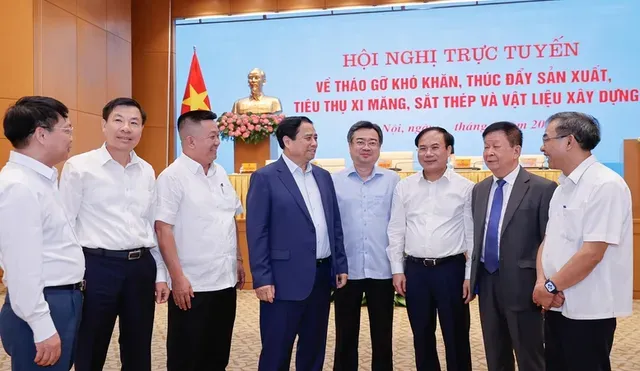
The Prime Minister also pointed out solutions to perfect institutions, amend, supplement, and issue new regulations.
Regarding resolving financial difficulties, the Prime Minister assigned the State Bank of Vietnam to review, evaluate, and amend regulations on debt forgiveness, debt extension, and reduction of bank interest rates for debts of construction materials enterprises to suit their current capacity to fulfill financial obligations (Circular 02/2023/TT-NHNN dated April 23, 2023).
The Prime Minister assigned the Ministry of Finance and the Ministry of Natural Resources and Environment to preside over and coordinate with the Ministry of Construction to develop and issue specific incentive policies for cement factories and other construction material factories when using alternative fuels from waste and using alternative raw materials from industrial waste such as ash, slag, artificial gypsum, etc. in cement production. Strictly regulate the responsibility of waste source owners in paying for transportation and treatment costs of waste, ash, slag, gypsum, etc. to be used as fuel and raw materials in cement production and other construction material production.
Ministries and sectors study, amend, supplement and perfect tax policies to encourage domestic production and limit imports, ensuring competitiveness and conformity with international commitments.
Regarding State management of the cement sector, the Ministry of Construction is studying and proposing to re-establish the Cement Sector Planning to supplement the Law on Planning (amended) in the coming time.
The Ministry of Construction is studying and implementing trade defense and anti-dumping measures on imported ceramic tiles, sanitary ceramics and construction glass products, ensuring compliance with WTO free trade regulations.
The Ministry of Transport directs investors to use reinforced concrete overpass solutions for expressway projects based on careful research and calculation, suitable for each project and specific route section, ensuring the highest efficiency and environmental protection.
The Prime Minister requested and called on ministries, branches and localities, according to their functions and tasks, to proactively, promptly, flexibly and effectively carry out tasks, not to push or avoid, to focus on implementing key tasks and solutions and to resolve proposals and recommendations at the conference to handle and remove difficulties, promote production and consumption of cement, steel and construction materials in 2024 and to develop the cement, steel and construction materials industry in the coming time, contributing to socio-economic development, promoting growth in 2024 and the following years.
According to PV/VTV
Source: https://doanhnghiepvn.vn/kinh-te/thu-tuong-phat-trien-nganh-xi-mang-sat-thep-vlxd-phai-bao-dam-hieu-qua-ben-vung/20240615034446973


![[Photo] Prime Minister Pham Minh Chinh and Prime Minister of the Kingdom of Thailand Paetongtarn Shinawatra attend the Vietnam-Thailand Business Forum 2025](https://vphoto.vietnam.vn/thumb/1200x675/vietnam/resource/IMAGE/2025/5/16/1cdfce54d25c48a68ae6fb9204f2171a)














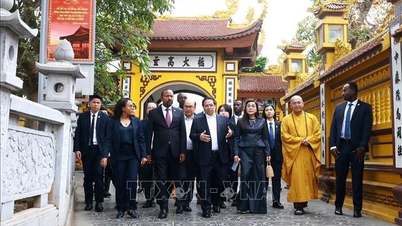



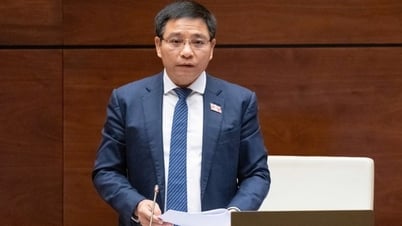

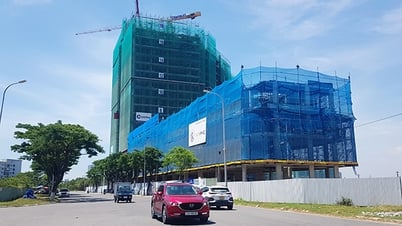
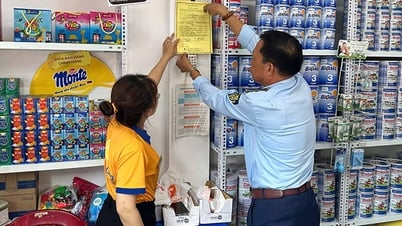
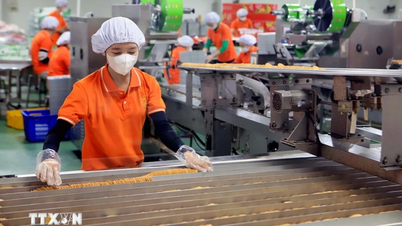






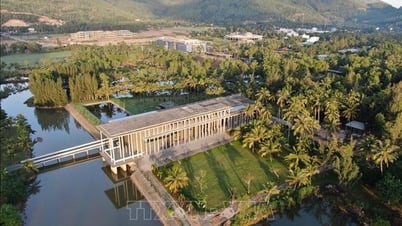

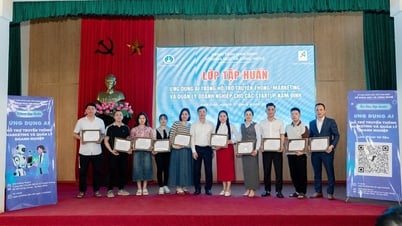

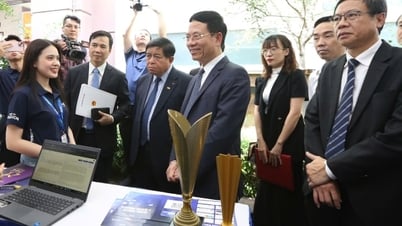

![[Photo] President Luong Cuong receives Prime Minister of the Kingdom of Thailand Paetongtarn Shinawatra](https://vphoto.vietnam.vn/thumb/1200x675/vietnam/resource/IMAGE/2025/5/16/52c73b27198a4e12bd6a903d1c218846)












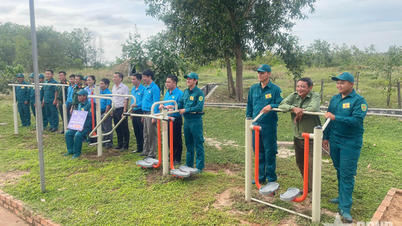



















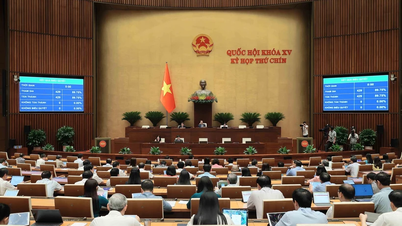






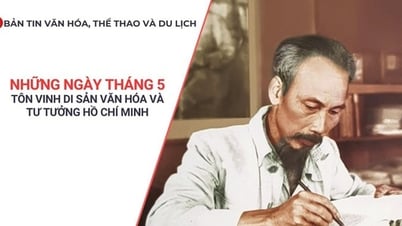

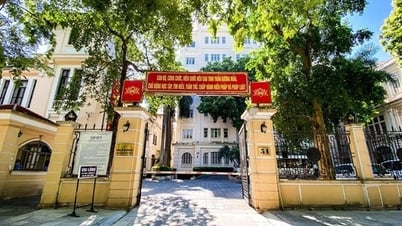





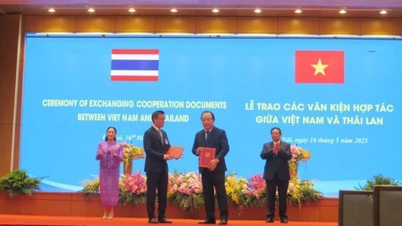


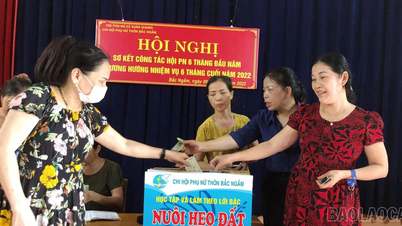



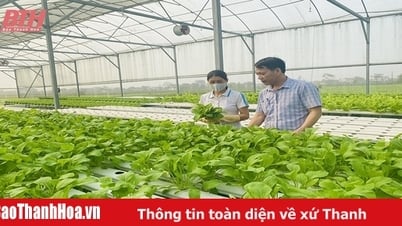










Comment (0)